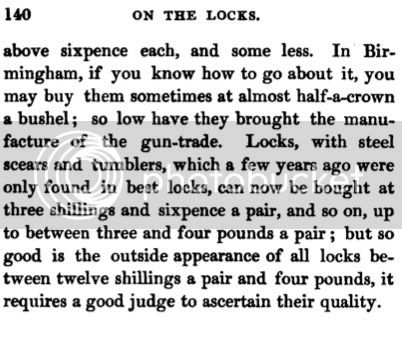Billnpatti
Cannon
- Joined
- Aug 11, 2008
- Messages
- 7,340
- Reaction score
- 44
I have a small brass priming flask with a plunger type spout. I think it dispenses about 3 grains of 4f powder. That seems to work very well. I do as one of our members, Larry Pletcher, suggested and bank the powder against the hole side of the pan with some of the charge spread in the bottom of the pan to catch the sparks. When I do it this way, I get an instantaneous ignition that seems as fast as a percussion lock.
You can find Larry's articles at www.blackpowdermag.com
You can find Larry's articles at www.blackpowdermag.com
Last edited by a moderator:






